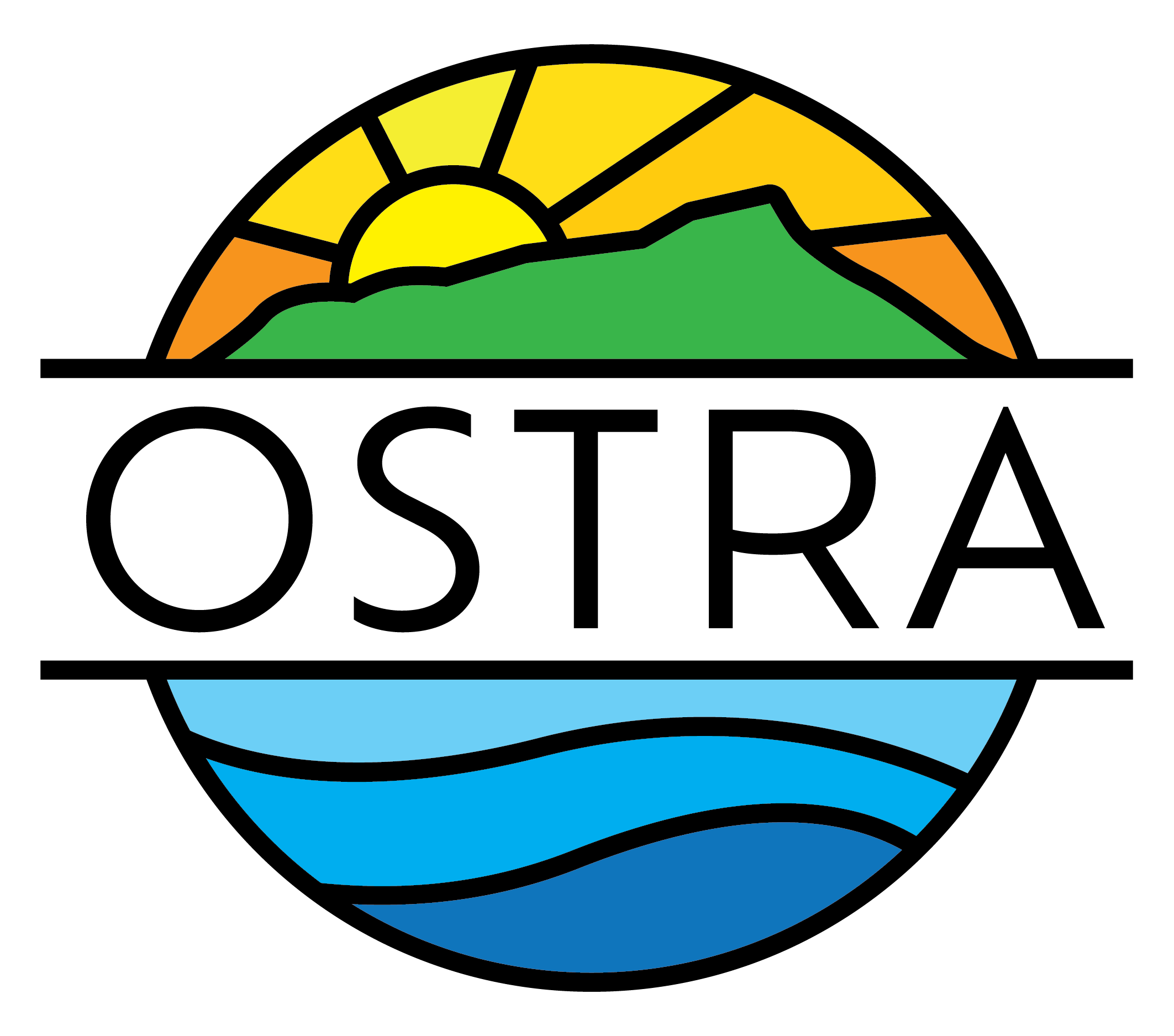
Council members stuck with the higher tax rate in part to avoid cutting more services in the city's $4.5 billion budget, $115 million of which is allocated for hazard back pay from the pandemic.
Honolulu short-term rental owners will see a property tax increase under a new budget approved by the City Council on Wednesday. The $4.5 billion budget also includes funding for new park lighting and hazard pay. This budget, covering routine expenses like salaries and construction projects, will take effect on July 1. Council member Radiant Cordero, chair of the budget committee, mentioned that she had to scramble for cost savings before the budget passed. The council also approved restructuring the Honolulu Salary Commission, which had controversially raised council member salaries by 64% last year. The final decision on this restructuring will be made by voters during the general election as it requires a city charter amendment. Key Highlights: Property Taxes: A new tax category for short-term rentals will more than double the current rate. Rentals will be charged $9 per $1,000 of value up to $800,000 and $11.50 for anything over that. Park Lighting: Significant investments will be made in park lighting across Oahu, including Palolo Valley District Park and others. Affordable Housing and Homelessness: About $100 million is allocated for these services. Police Funding: $375 million is budgeted for police, up from $354 million. Ala Wai Bridge: Nearly $62 million is set aside for a pedestrian and bicycle bridge over the Ala Wai Canal. Ocean Safety Center: $500,000 is allocated for planning a new center on the North Shore. Hazard Pay: Extra funds are included for hazard pay during the pandemic, with negotiations ongoing. Council member Andria Tupola voted against the new property tax rate for short-term rentals, citing concerns it would discourage registration and impact tourism. However, the rate passed with an 8-1 vote. The budget reflects a balance between improving city infrastructure and services while addressing financial constraints.
